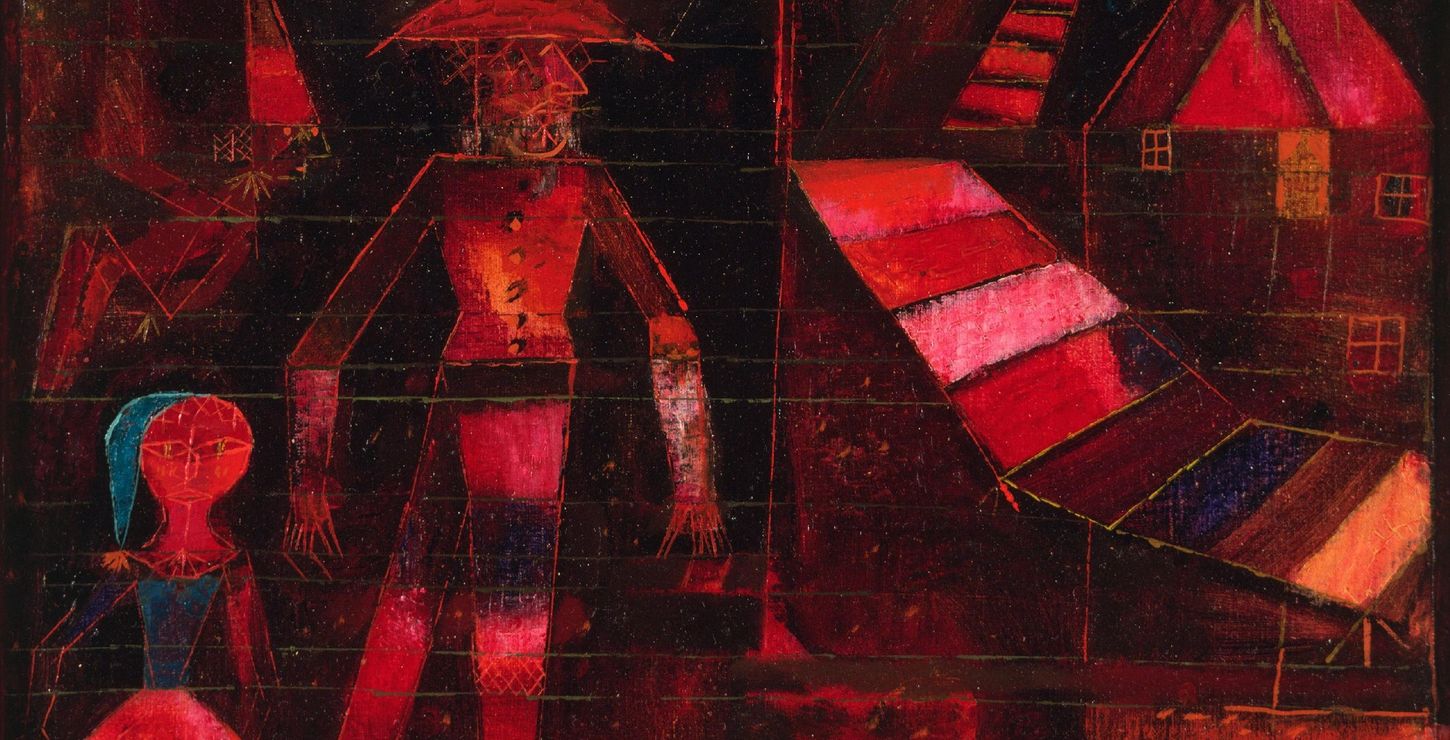Main Building
Paul Klee (Swiss, 1879-1940), celebrated for his luminous use of color and for the rich fantasy world he created in his art, once described his technique as "taking a line for a walk." His interest in line, tonality, and color resulted in an innovative body of works on paper, which constitute the greatest part of his artistic output. The years Klee spent at the Bauhaus in Germany (1921-31) proved to be his most fertile. The Bauhaus was a state-sponsored, college-level art school founded by Walter Gropius in 1919, shortly after the end of World War I. Its goal was to rejuvenate the arts by reuniting them with the crafts. At the Bauhaus each discipline was organized as a workshop with an artistic and technical director, called Master of Form and Master of Craft respectively. Klee was appointed Master of Form to the bookbindery and he also taught general courses in the theory of pictorial form. Fine art was at first discouraged at the Bauhaus, and it was not until 1926 that Klee was able to offer informal painting classes. Many of Klee's works of the early Bauhaus period explore the expressive qualities of different kinds of line, tone, color, and composition. He began producing subtle and technically complex lithographs in which he seemed to delight in fingerprints and other spontaneous effects. He also experimented with spray- and oil-transfer techniques, the latter being a carbon-paper tracing process of his own invention.
